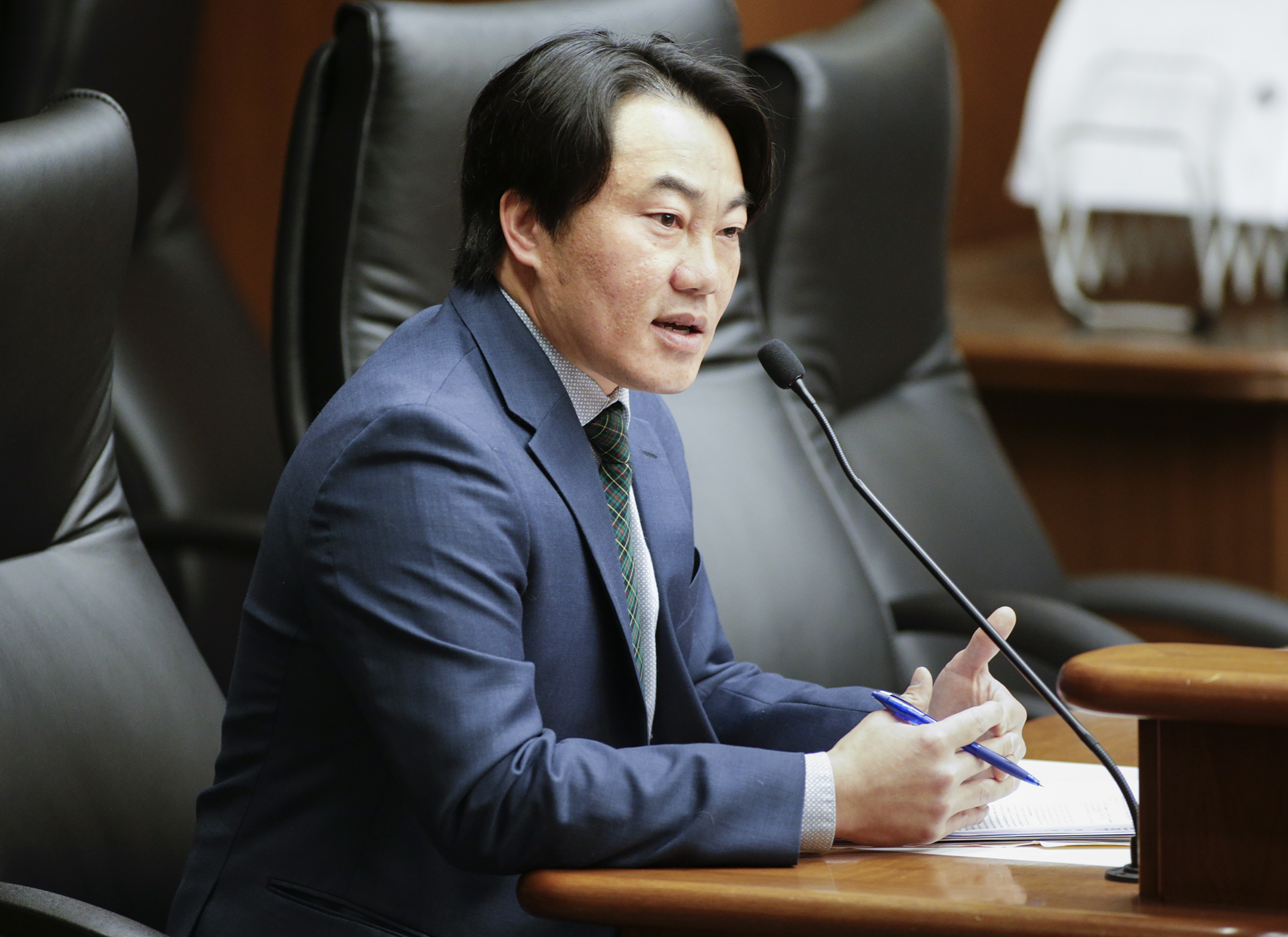Bill proposes additional funds to stem growing struggle for some to access healthy food

Because access for healthy food can be limited for some Minnesotans, additional funding is being sought for the Good Food Access Program.
Sponsored by Rep. Jeanne Poppe (DFL-Austin), HF436 would appropriate $2.5 million in both Fiscal Year 2020 and Fiscal Year 2021. It was held over Tuesday by the House Agriculture and Food Finance and Policy Division for possible omnibus bill inclusion. It has no Senate companion.
The program, created in 2016, received appropriations of $250,000 in fiscal years 2018 and 2019 to offer grants to businesses and organizations for equipment and physical improvements that help expand access to affordable, nutritious food for underserved communities.
The additional funding would be used to help create a revolving loan, according to Lorna Schmidt, state government relations director at the American Heart Association. The loan would leverage private and other foundation monies as matches, creating a self-sustaining program.
Indigenous people, people of color, and rural communities are among those most impacted by low access to healthy food. Low access occurs due to not having enough money for food or not having ready access to food retailers, reported Ela Rausch, community development project director for the Federal Reserve Bank of Minneapolis. Both factors result in areas being designated as food deserts by the federal government.
“Education is necessary, but insufficient in and of itself,” said Vayong Moua, director of Health Equity Advocacy with Blue Cross and Blue Shield of Minnesota. “…There is a serious economic and health care cost to this.”
Stressing the importance of factors beyond the immediate control of individuals, Moua said behaviors only account for about 30 percent of an individual’s health risks. Factors such as race, environment, and income contribute to health inequality an inequality with a direct link to food access.
Those inequities cost the state $2.26 billion annually, Moua said. Factoring in additional costs such as lost work attendance and lower productivity that figure climbs dramatically.
Communities with populations under 2,500 are seeing grocers close at an alarming rate. Program grants have been vital in helping retain these keystone business institutions, according to Kathryn Draeger, statewide director of regional sustainable development partnerships at the University of Minnesota. Once small town grocery stores close their doors, she said, those closures are largely permanent, contributing to greater food access disparities.
Related Articles
Search Session Daily
Advanced Search OptionsPriority Dailies
Ways and Means Committee OKs proposed $512 million supplemental budget on party-line vote
By Mike Cook Meeting more needs or fiscal irresponsibility is one way to sum up the differences among the two parties on a supplemental spending package a year after a $72 billion state budg...
Meeting more needs or fiscal irresponsibility is one way to sum up the differences among the two parties on a supplemental spending package a year after a $72 billion state budg...
Minnesota’s projected budget surplus balloons to $3.7 billion, but fiscal pressure still looms
By Rob Hubbard Just as Minnesota has experienced a warmer winter than usual, so has the state’s budget outlook warmed over the past few months.
On Thursday, Minnesota Management and Budget...
Just as Minnesota has experienced a warmer winter than usual, so has the state’s budget outlook warmed over the past few months.
On Thursday, Minnesota Management and Budget...